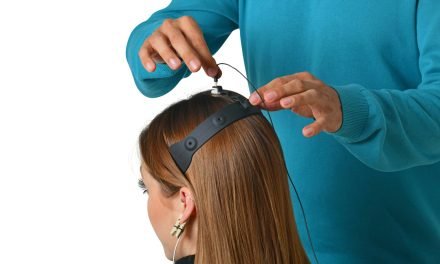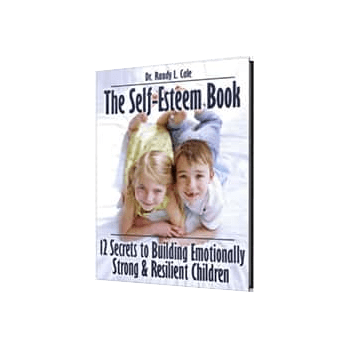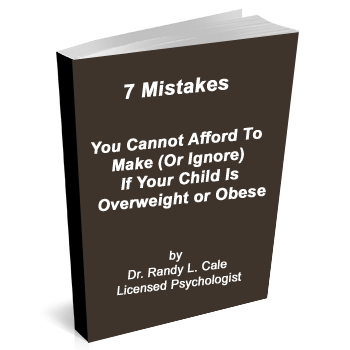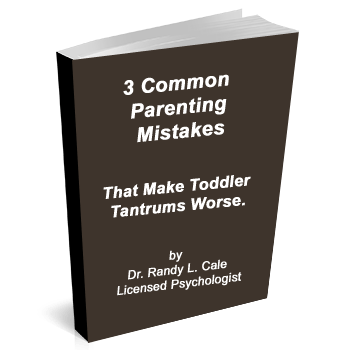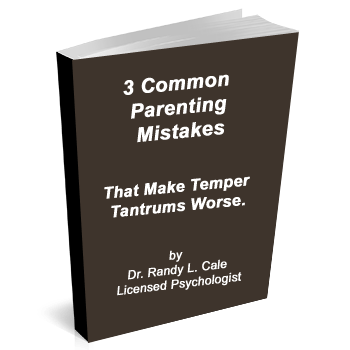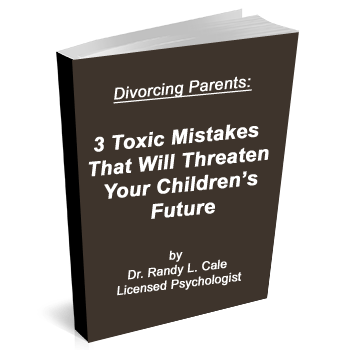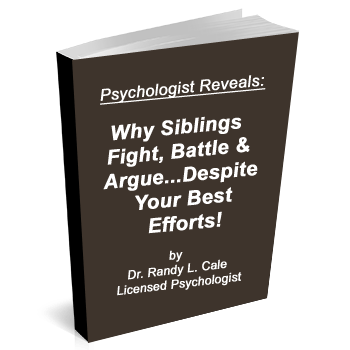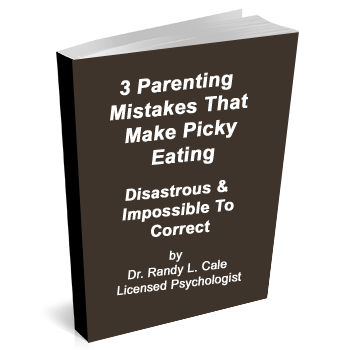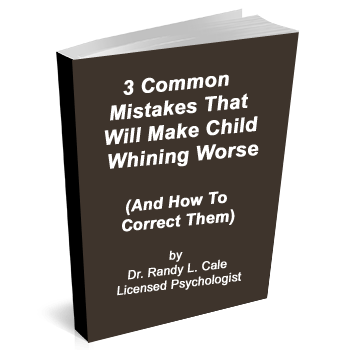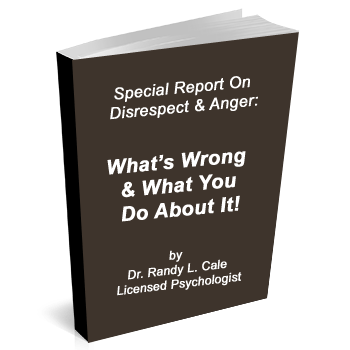Many parents (and adults) struggle with all that comes with ADD or ADHD. Many have tried counseling and find little help, as most children are not motivated to change. And trust me, change takes effort!
In this article, let’s abandon the diagnosis for a few moments and the entire story that comes with it. Instead, let’s focus on your daily actions and what you can do in response to each moment to help shape and mold better behavior.
In my experience, this is the key. Parents must focus on what they can control. And then, do your best at that.
Then, if the child is still struggling with behaviors that interfere with life, consider how to permanently improve their brains with Neurofeedback. This technology has proven to bring life-changing results with ADD/ADHD without any of the side effects (more on this next week). For now, let’s consider your parenting plan to regain control over your home.
FIVE KEYS FOR PARENTING THE CHALLENGING CHILD
1. Don’t take his/her words or actions personally. It’s not about you.
If you take misbehavior, or ugly moments personally you will get caught up in “reactive parenting” which only makes things worse. If you have ever reacted with threats, yelling or spanking you have noticed how your child feeds on that energy.
When you aren’t reactive, you can now follow a game plan. You can be mindful. You can be creative. You can be effective. You can even be a terrific parent who uses tough moments to teach a critical lesson. This of course is only the beginning. Next …
2. Make a list of “Weeds” and “Seeds”
What do I mean? Weeds are the actions, behaviors and emotions you would rather not have in your home. Make a list of the negative stuff you want to get rid of.
Seeds are the actions and behaviors you value. Write down (be specific) the things you want to nurture and grow.
Contemplate these two lists as you consider this: regardless of how or why your child carries the ADHD/ADD diagnosis, their behavior (good or bad) expands based upon the amount of attention it gets. Many of the classic attentional problems tend to PULL you into them. You then give those “Weeds” lots of your energy, thus they multiply. What makes this worse is that the concept of redirection is often like a poison to the child with attentional problems. Why? Because they can easily wonder off task, and the repeated ‘redirection’ is constantly feeding the weed of inattention. For the average child, a bit of redirection is not a big deal. For the distractible child, this is toxic because the brain gets inordinate amounts of energy for being off-task. This is optimal for feeding weeds…NOT what we want.
This also leaves little opportunity to give energy to the “Seeds” of effort and being on task. If you want things to get better, you must turn this dynamic around first. The success of every other strategy and approach will depend upon how this fundamental is handled. So, the next step…
3. Make a commitment to starve the “Weeds”
Make sure you walk away from all the weed-like behaviors in your home. If it’s not threatening health or safety, walk away and starve that weed.
Keep in mind that things will get worse for a while because the weed is used to getting fed, and it will be screaming to pull you in. DON’T DO IT! When your son tantrums, just walk away and stay away. You must resist getting pulled in, and instead…
4. Patently wait…and obsess on catching every “seed” you can find.
The weeds will fade away. Now, begin to wait on finding ‘moments’ that you value. These ‘seeds’ must be noticed and given a bit of energy. Do not flood the seed with all sorts of praise and accolades. Simply smile, or nod, or perhaps a thumbs up. Be subtle, as seeds only need a tad of energy. But they do need that energy to grow.
Over time, we can predict the quality of your relationship with your son or daughter, as well as their success in school, based upon how this pattern unfolds. Abandon feeding the weeds and wait to feed those seeds! Remember: your energy is like water to that weed. If you keep feeding it, it keeps growing. Finally, …
5. When and where you set limits, do so with action, not with words.
Up to this point, you may think that I’m a softie when it comes to consequences. I am not. Consequences teach the real limits, not the threat of a consequence.
Consequences are critical in the learning process. Use them to teach limits, and make sure you don’t use feeble threats. Make your action speak the dominant message. When your child’s actions do pose a threat, or they are out of control, teach with a firm consequence, not a lecture, not a frustrated look or a threat. Use action to teach these limits, especially for your child with ADHD. He will thrive on these learning opportunities.
Having said this, it is even more important to learn about leverage, and how to use that every day. In next week’s article, we will explore carefully the use of leverage, and discuss how new technology (i.e., Neurofeedback) can bring changes never considered possible until now.


